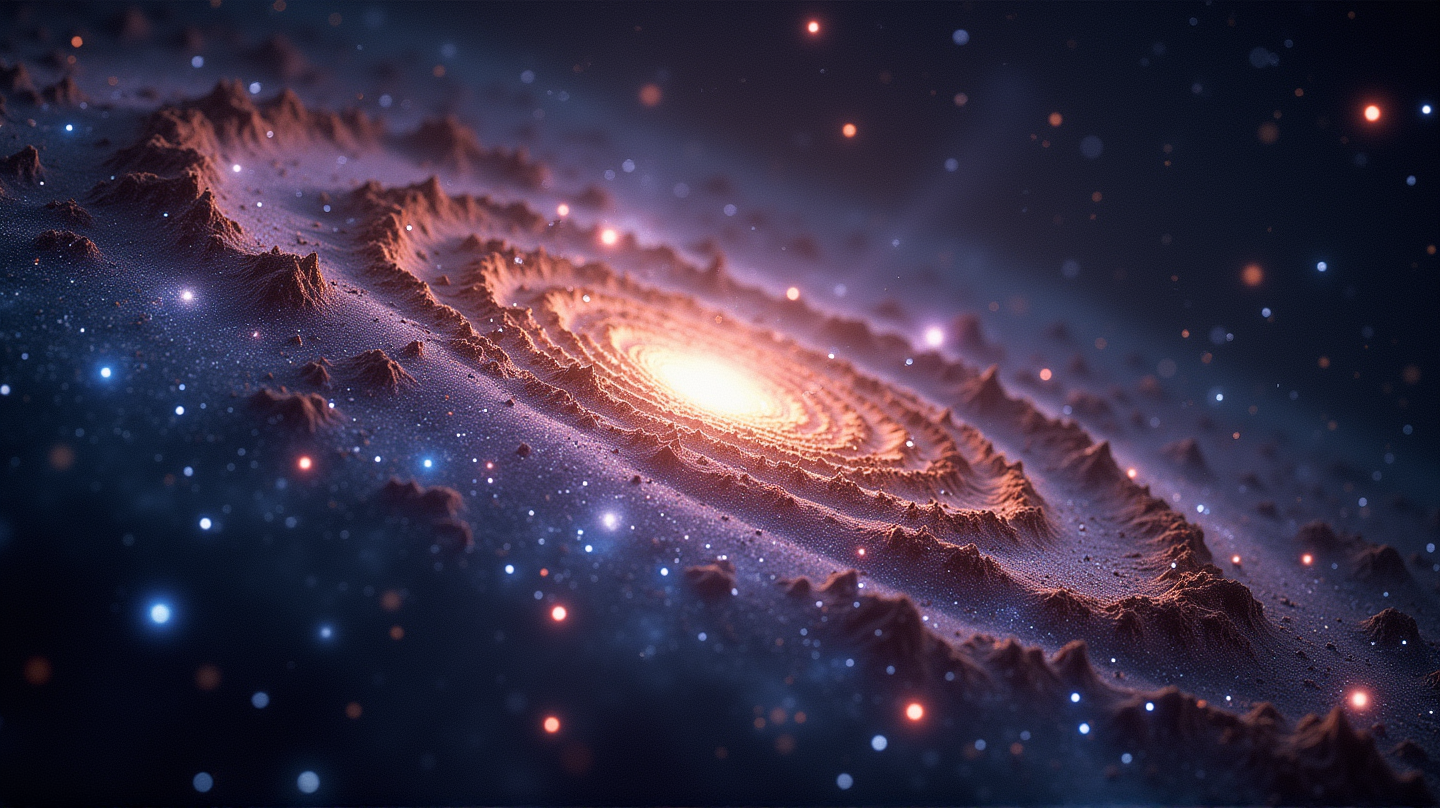Galaxies Unveiled: Secrets in Every Speck of Light
Discover how NASA's captivating JWST image uncovers a universe brimming with galaxies, with secrets stretching back nearly 12 billion years.

NASA’s James Webb Space Telescope (JWST) has gifted us with an image that challenges the imagination—a speck-filled canvas where each point of light is an entire galaxy. This extraordinary picture, a cornerstone of the COSMOS-Web survey, showcases galaxies that stretch back nearly 12 billion light-years, rewriting our cosmic perspective.
Gazing into the Cosmic Past
What makes this image remarkable is that it isn’t just a snapshot of twinkling starlights but a tapestry woven with galaxies. Each of these galaxies contains vast systems of stars, cosmic dust, and mysterious dark matter. Captured over an area less than one-fifth the size of the Moon, this tiny slice of sky reveals thousands of these colossal structures waiting to be studied.
JWST’s Superpower - Distinguishing Stars from Galaxies
The JWST has a unique capability—distinguishing foreground stars with its signature diffraction spikes from the diffuse glow of galaxies. This precision allows astronomers to separate the near from the distant, revealing the universe in unprecedented detail. The focus shifts from stars to golden clusters glowing in a cosmic glow that began its journey 6.5 billion years ago.
Unveiling the Cosmic Web
The COSMOS-Web survey spearheads this endeavor, mapping tangled networks of dark matter and hydrogen that link galaxies. It turns out the universe is not a haphazard cluster of galaxies; they reside in dense regions, weaving an intricate tapestry connected by invisible forces.
A Grand Discovery: Massive Galaxy Clusters
In collaboration with the Chandra X-ray Observatory, JWST has unveiled some of the universe’s colossal galaxy clusters. These immense systems contain hot gas emitting X-rays, detectable by Chandra, offering rich insights into the universe’s weighty congregation. Led by Greta Toni from the University of Bologna, the team identified 1,678 galaxy groups within this cosmic catalog.
Perspective on Our Cosmic Scale
This image gives us a humbling sense of scale. Such a small section of the sky, a minuscule 6.44 by 6.44 arcminutes, reveals over a thousand galaxy groups. The Moon covers about 30 arcminutes, making this patch incredibly minute in contrast yet infinitely rich.
Every piece of the sky, JWST suggests, is brimming with its galaxy clusters, teeming with secrets waiting to be unraveled. According to The Daily Galaxy, this observation is not just an astronomical landmark but a window into the vastness beyond our ordinary perception.

